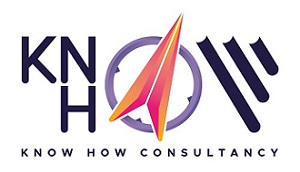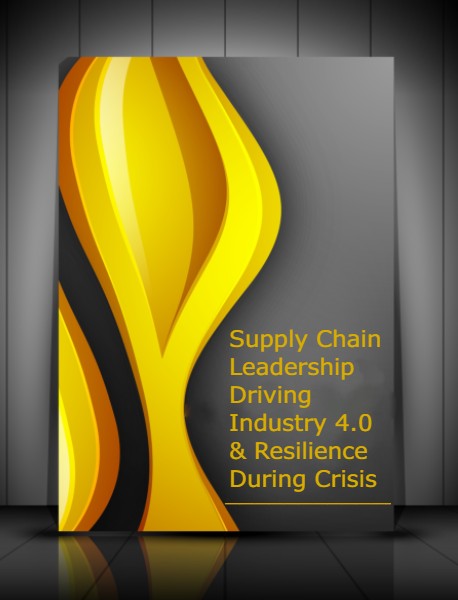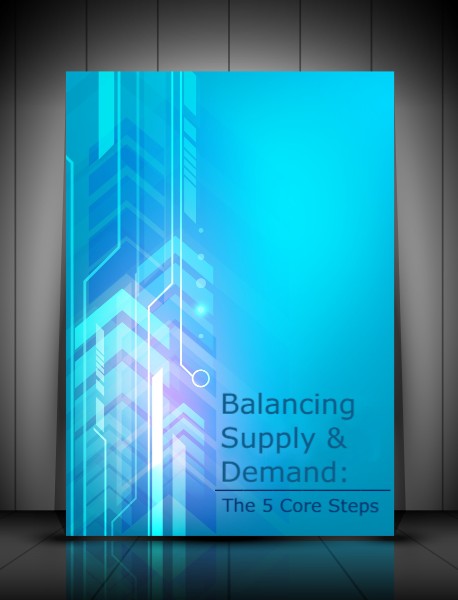INVENTORY OPTIMIZATION
KnowHow’s inventory optimization package includes various options to be chosen based on needs of the client. It includes a comprehensive audit management, portfolio classification, profitability analysis, service level setting, ROP analysis, scenario analysis, AVOOS cost analysis, IOIs as a standard KPI scorecard for inventory management, XYZ analysis, along with project lead of an Software implementation and workshops.
- Inventory Management Audit
- ABC based Portfolio Classification
- Stock Profitability Analysis
- Service Level Setting Process
- Re-order Point (ROP) Analysis
- "What if" Scenario Analysis
- Availability vs OOS (AVOOS) Cost Analysis
- Inventory Optimization Indicators (IOIs)
- ABC-XYZ Analysis & Implementation
- Inventory Optimization Workshop
- Inventory Optimization Software & Implementation
Performing a rapid audit of existing inventory management policies, and policy adherence for the client. The audit process provides a comparative analysis of benchmark vs existing inventory status vs opportunities that can be improved. The analysis of portfolio management via Pareto Analysis, comparative analysis of forecast accuracy vs excess stock, categorization of slow-, mid- and fast-moving SKUs, obsolescence management, NPO (Non Performing Inventory) analysis, ROI analysis, and review of existing KPIs on hand with recommendations to optimize inventory are part of the audit process.
By considering the perspective of the client, analyzing existing portfolio based specific criteria, (e.g. sales value/volume, or margin), and classifying the portfolio via PARETO analysis based on required percentage of split of portfolio. (e.g. 80/20 , or 75/15/5 or 70/20/10, etc.). Single or multiple criteria can be used for classification of portfolio with different weights upon the decision of the client.
With comprehensive analysis of inventory cost for the portfolio on hand and analysis of profitability generated, stock-profit index is calculated. The analysis covers historical sales performance, with cost of goods of relative portfolio, sales forecast history, along with fixed and variable expenses of inventory. This analysis includes the impact of supplier delays, variations in supply volume, manufacturing delays and non-forecast demand on profitability.
Without assigning a target service level, optimization cannot be achieved. The service level is set as a percentage and relates directly to ‘on-shelf’ availability. Service level of portfolio is measured at SKU level through comprehensive analysis of portfolio classification (+XYZ analysis). SKUs’ importance are analyzed based on multiple criteria and then classified. Based on results of classification, optimal service level is recommended. Varying the service level according to the correct classification ensures that working capital is deployed in proportion to where the most value is returned.
Two elements required to set optimal inventory target, which are cycle stock and safety stock. These two elements added together provide the re-order point (ROP). The ROP is the level of which the stock must be at before a replenishment order is placed. In addition to probability analysis and service level targets, supplier level lead time accuracy analysis, standard deviation analysis of sales forecast must be made. Then optimum ROP will be calculated to ensure supply during the replenishment lead time and to protect against any unforeseen fluctuations in supply or demand.
With specific focus on continuous improvement, undertaking ‘what-if?’ scenario analysis against the calculated inventory targets. Through what if scenario analysis, variations on inventory cost, capital saving, risk of sales miss, sales opportunities are analyzed.
It is always critical to decide whether excess stock or out of stock situations are less costly. AVOOS analysis enables to explore for which product groups and in which circumstances which options are better and till what extend. In doing so, the client has a standardized road-map to make optimal decisions when it comes to Order Management.
IOIs is an standardized KPIs package that are vital for any organization to be able to benchmark and routinely track the performance of his Inventory Management. IOIs includes the KPIs but not limited to: Days of Supply, Inventory Turnover, GMROI, Inventory Velocity, etc.
While using pareto analysis, portfolio classification is made based on sales value, volume, and/or profitability, and classification enables to be, for instance, (A) The most value (B) Less value (C) The least value. Through XYZ Analysis, we do classify planning objects according to the variance in a specific coefficient, where the analysis provides 2nd dimension and enables to classify portfolio or any group based on frequency or variation. In doing so, the results show, for instance, (X) Very little variation/frequency. (Y) Some variation/frequency. (Z) The most variation/frequency.
Running 2 to 5 days workshops for the client to teach inventory optimization techniques and share guidelines to ensure the continuity of optimization in the process.
For clients who already standardized the process and work in an optimal way, the next step is to automate theprocess, then KnowHow can lead the project to implement best fit software toe advance the inventory optimization process for the client.




